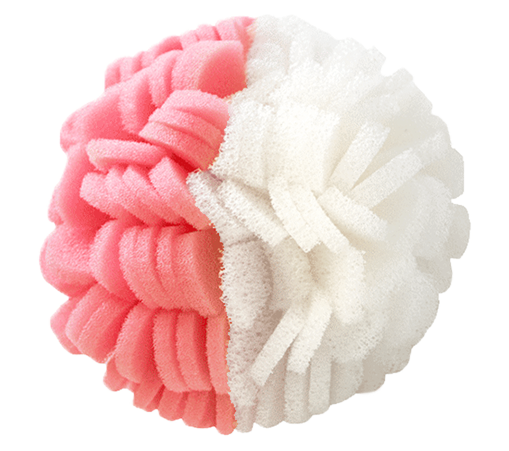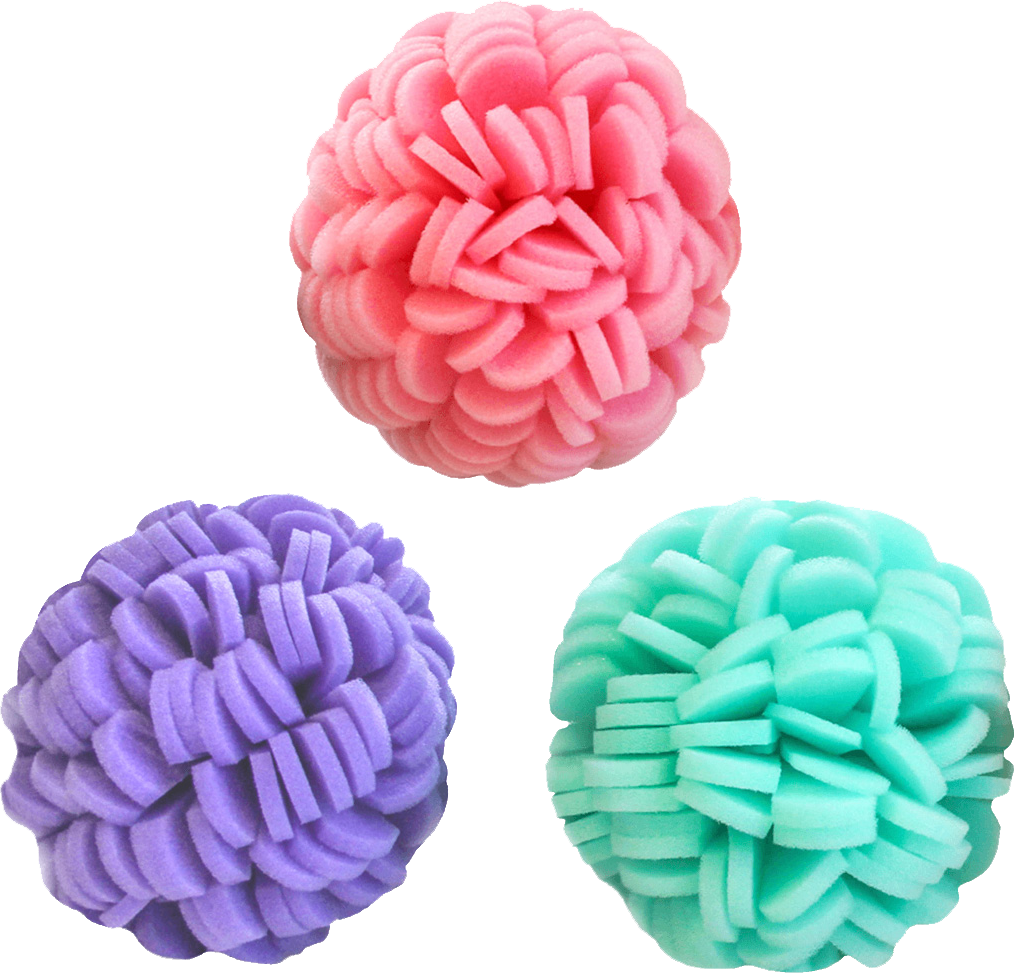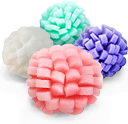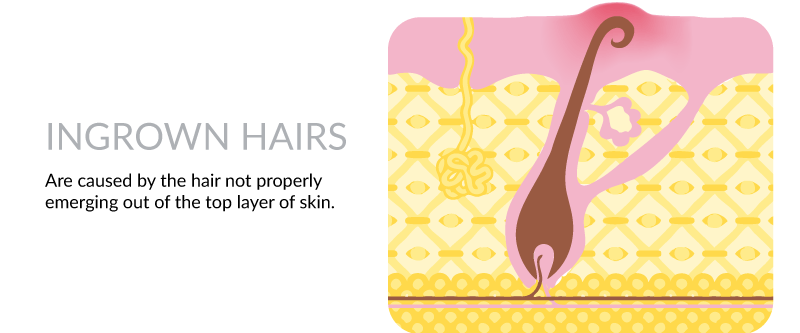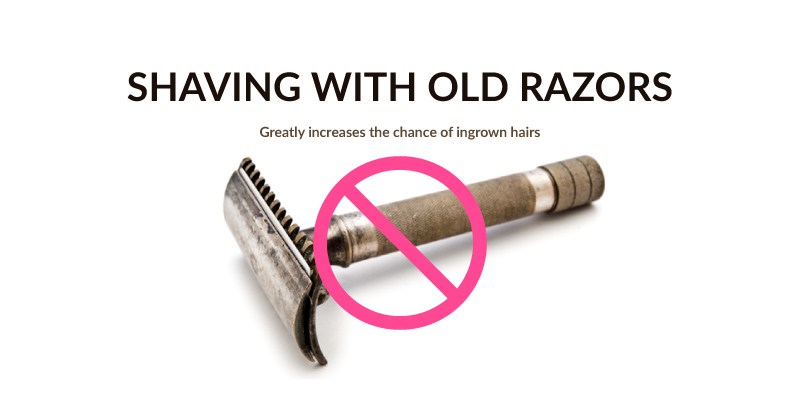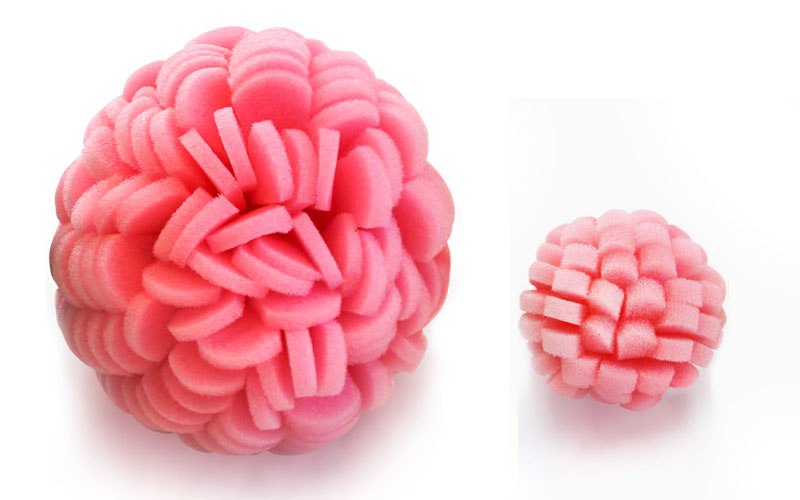Whether it’s from waxing, shaving, plucking, or plain-old bad luck, most of us will suffer from an ingrown hair at some point in our lives. Ingrown hairs certainly are unsightly, and often remain stubbornly within their little encasing no matter how much we poke and prod at them. But aside from being aesthetically unpleasing and maybe a little inflamed, what other detriments are ingrown hairs posing to your skin, and how can ViaBuff help?
What Causes Ingrown Hairs and Why Are They So Bad
While it is possible for ingrown hairs to appear for seemingly no reason at all, a majority of ingrown hairs develop when you employ some form of hair removal (waxing, shaving, plucking, etc.). For example, when you shave, hairs tend to grow back with a sharper edge that can then curl back into and pierce the skin. In other circumstances, clogged follicles cause the hair to grow sideways and beneath the skin – a phenomenon that is particularly common in those with curly or coarse hairs. When you tweeze or wax your hairs, it is possible that you may leave behind a small hair fragment that may grow and become encased within your skin. If you tend to make your skin taut while shaving or plucking, you may be encouraging your hairs to re-enter the skin as well (National Health Services Choices, Mayo Clinic).
However, ingrown hairs can sometimes lead to more serious complications. For example, some individuals (especially those of African descent) may develop pseudofolliculitis barbae. Also known as “barber’s itch”, pseudofolliculitis barbae is typically found on the neck and face and is characterized by ingrown hair-induced inflammation and, in more severe cases, keloid scars (scars which are dark and raised). Repeatedly scratching and picking at your ingrown hairs, especially if you use unsterilized instruments or unclean hands, may introduce bacteria to your ingrown hair and lead to infection. Pus-filled lesions, inflammation, and swelling are all common symptoms of an infected ingrown hair, so if you notice any of these warning signs, make sure to meet with your dermatologist as soon as possible (Mayo Clinic, Merck Manual, Canadian Association of Dermatology).
How Can ViaBuff Help?
As many of us know from experience, ingrown hairs are simply no fun. That’s why we designed the Level 3 ViaBuff Exfoliating Buff to specifically exfoliate ingrown hairs. The buff’s open-cell polyurethane design is abrasive enough to remove the skin cells that encase your hair, yet gentle enough that it should not prove irritating to the healthy skin cells surrounding your ingrown hair. Our buff’s special open-cell polyurethane material also limits water and skincare product retention so that more of your product can be massaged into your skin, not the crevices of the buff. With over 1,200 sq/in of usable surface area (over 60% more surface area than your typical buff!), the ViaBuff Exfoliating Buffs ensure speedy and thorough exfoliation. Plus, if you are someone who tends to exfoliate zealously and wear out your buffs prematurely, then the ViaBuff Exfoliating Buffs provide ample surface area for you to use. As an added bonus, our cruelty-free and dermatologist-tested buffs last for an average of 90 days, which is three times longer than the life of your typical loofah or buff. However, many of our users report using their buffs for several months when they show their ViaBuff Exfoliating Buffs a little TLC. So what does all of this mean for your ingrown hair? The ViaBuff Exfoliating Buffs provide gentle yet much-needed exfoliation that can remove your ingrown hair from your skin. Its special structure keeps your exfoliating serum on the buff’s surface, while the buff’s long life ensures that you can continue treatment for months on end without having to switch buffs or contribute more waste to your local landfill.
Other Tips for Caring for Ingrown Hairs
Dr. Neal Schultz recommends that to remove ingrown hairs at home, you should apply a warm compress four times a day, and leave them on for three to four minutes at a time. Dr. Schultz suggests following up with a chemical exfoliant and using an over-the-counter 1% hydrocortisone cream in order to promote more speedy healing, and to encourage the hair to rise to the surface and fall out on its own. In regards to prevention, Dr. Schultz recommends waiting to shave until the end of your shower, making use of a shaving gel, shaving with the grain of your hair growth, and not pressing the razor too hard upon your skin. To reduce the likelihood of ingrown hairs appearing, you may want to use chemical hair removers or clippers and electric razors. You should avoid pulling your skin too taut when shaving, make sure that your razor has a sharp blade, and avoid giving yourself a close shave if you can, especially in areas where you frequently tend to get ingrown hairs. Dr. Nada Elbuluk suggests abstaining from hair removal when you have an ingrown hair until the ingrown hair/razor bump has resolved itself, so as to avoid further irritation (Dr. Neal Schultz for DermTV.com, Mayo Clinic, Dr. Nada Elbuluk for Science Daily.com).
Bottom Line
Most of us will likely suffer from an ingrown hair at some point in our lives. While most ingrown hairs are simply an unsightly and swollen annoyance, certain individuals may develop infections in their already-inflamed hair follicle. If you notice that your ingrown hair is recurrent, appears inflamed, swollen, or pus-filled, then you should consult with your dermatologist as soon as possible. If you suffer from an ingrown hair, you may want to abstain from hair removal until the ingrown hair has resolved itself. For prevention, you should avoid pulling your skin taut when you shave and consider using chemical hair removal or electric razors and clippers. In order to gently whisk away the skin cells that encase the ingrown hair within your skin, we suggest using the Level 3 ViaBuff Exfoliating Buff, which was designed specifically to exfoliate ingrown hairs without agitating surrounding skin.

